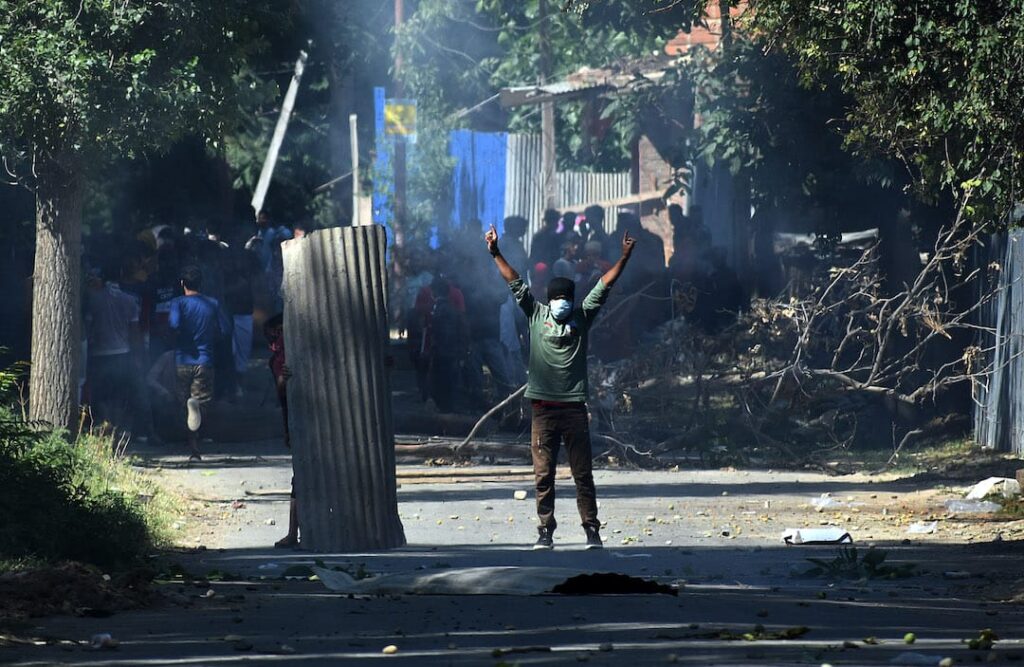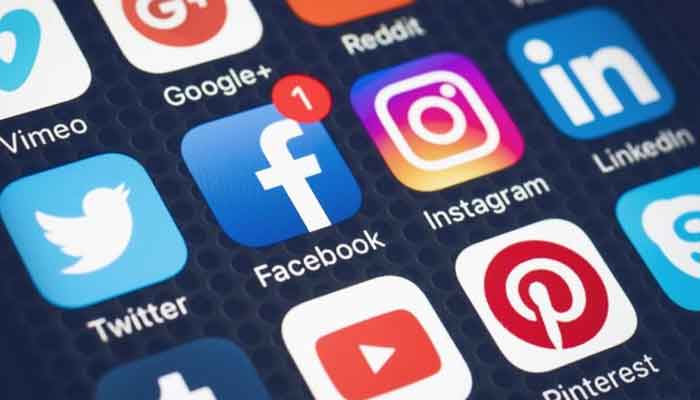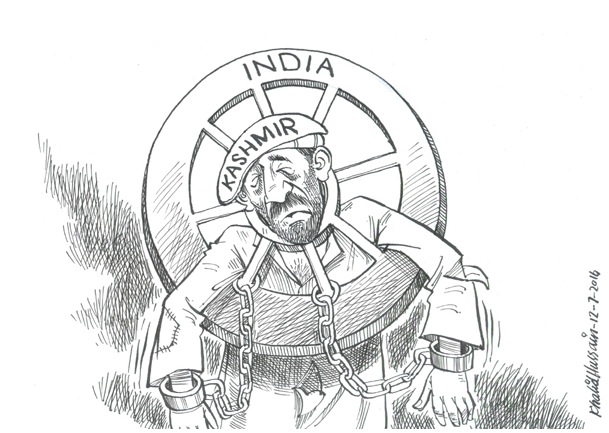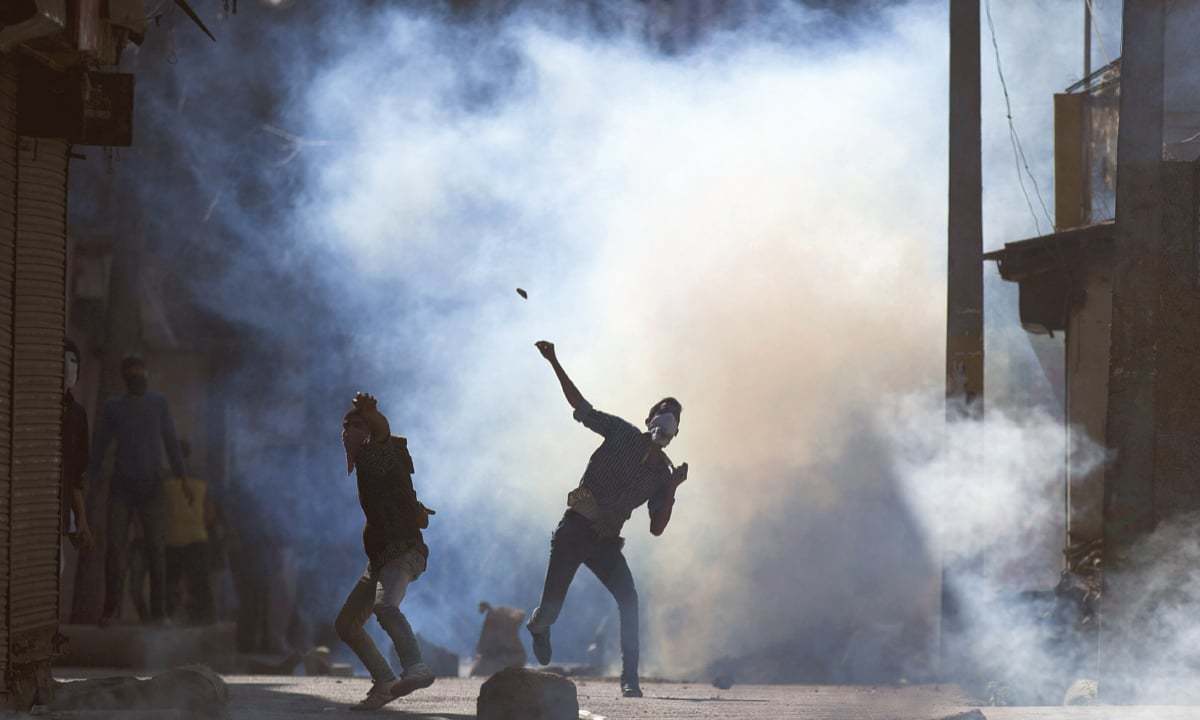Role of Digital Media in Projecting Kashmir Issue

We are living in the digital era where media is playing a prominent role in our daily lives from individual to statecraft. Media has its own atmosphere which impacts on human minds. So, in that realm of the digital world, we cannot ignore the presence of digital media and its influence in politics.
Digital media is the main source of information from common to upper classes, when states and regimes controlling the flow of information. According to data provided by “Our World”, it is estimated that one in three people uses social media worldwide, more than 2.3 billion people out of seven billion use the social media to access information. The use of social media for manipulation is commonly increasing in different parts of the world which is quite evident. Many political and non-state actors use social media to proliferate their ideologies in general population. Their activities range from disinformation campaigns to rumors over transit options and hate speech around different groups. Social media is leading to overloaded distrust information, critical gaps as well as confusion over news and information.
 In the context of conflicted areas, social activists, international organizations, independent news agencies use social media as a weapon to report human rights violation. State organized violence and mass killing highlights the stories of oppressed ones. In the region of Kashmir which is disputed territory between India and Pakistan. The social media have played an effective role during recent mass mobilization for “right to self-determination”. Indian administration imposed some serious censorship over digital and main stream media to cover up the human rights violations in the valley. Social media activism is posing a major challenge to the Indian state in Kashmir; most people are tending towards use of soft-power to empower their cause of right to self-determination.
In the context of conflicted areas, social activists, international organizations, independent news agencies use social media as a weapon to report human rights violation. State organized violence and mass killing highlights the stories of oppressed ones. In the region of Kashmir which is disputed territory between India and Pakistan. The social media have played an effective role during recent mass mobilization for “right to self-determination”. Indian administration imposed some serious censorship over digital and main stream media to cover up the human rights violations in the valley. Social media activism is posing a major challenge to the Indian state in Kashmir; most people are tending towards use of soft-power to empower their cause of right to self-determination.
Ground realities from conflicted area portrayed through digital media has helped international organizations, NGO’s and government institutions to pressurize the Indian occupation forces to stop violence. Frequent internet bans in Kashmir territory have been widely criticized by international organizations like UNO and Amnesty International. Many political analysts across the world as an arbitrary act to sabotage dissent and to serve as a form of ‘collective punishment’ for Kashmiri people in the region.

After the killing of Burhan Wani, a young social media activist with a fundamental ideological approach towards Kashmir movement, by Indian Armed forces inspired a whole generation of young people to raise their voices against Indian government and their atrocities in the region. This particular event and Burhan has become a symbol of both the youthful defiance on streets and the oppression of the Indian security forces by using Camera and Gun at the same time.
On August 5, 2019, India abrogated Article 370 and 35 A, which further more destabilized the valley of Kashmir. When the Indian government scrapped the region’s semi-autonomous status, and declared Kashmir as part of Indian union territory against all international and bilateral agreement with Pakistan, this created the political instability in the region and people started chanting on the streets against the unlawful act by the Indian Administration. In response to that, Indian authorities imposed a sweeping communication and internet shutdown in the region. The internet shut down continued for months, the longest internet suspension that took place in a democracy. According to an international organization “Access Now”, social media giants like Facebook, Twitter and YouTube joined hands with Indian government to remove the content related to Kashmir, which is projecting the freedom struggle of Kashmiri people. Kashmiri voices in the digital spaces through the frequent suspension of the accounts of artists, academics, and journalists based in and outside the disputed region, a move termed by experts as “inacceptable in free world”. Geeta Seshu, co-founder of Free Speech Collective group stated that, “Successive governments have censored and silenced voices of dissent in Kashmir for decades now but when social media companies do so too, it becomes all the more reprehensible.”
 Kashmiri activists and artists came with new ideas to cope up with this situation and initiated campaigns using the instrument of Music, Culture and Poetry to support Kashmiris against the oppression of India. On September 20th 2019, Kashmiri artists, highlighted the theme of “Resist to Exist” with the collaboration from British-Kashmiri artist Sumaya Teli and Kashmiri-American artist, Nouf Bazaz. Through the collaboration of artists, the event shared stories of the Kashmiri struggle against Indian occupation and militarization and for the right to Kashmiri self-determination. It went viral in different parts of the world, and help youth to understand the Kashmir situation and Indian mistreatment of Kashmiri people. In the recent six to seven years, we have seen, how digital media revolutionized the Kashmir Conflict and created the environment where young researchers and activists can access the information to understand the conflict and to advocate the worth of freedom for the next generations.
Kashmiri activists and artists came with new ideas to cope up with this situation and initiated campaigns using the instrument of Music, Culture and Poetry to support Kashmiris against the oppression of India. On September 20th 2019, Kashmiri artists, highlighted the theme of “Resist to Exist” with the collaboration from British-Kashmiri artist Sumaya Teli and Kashmiri-American artist, Nouf Bazaz. Through the collaboration of artists, the event shared stories of the Kashmiri struggle against Indian occupation and militarization and for the right to Kashmiri self-determination. It went viral in different parts of the world, and help youth to understand the Kashmir situation and Indian mistreatment of Kashmiri people. In the recent six to seven years, we have seen, how digital media revolutionized the Kashmir Conflict and created the environment where young researchers and activists can access the information to understand the conflict and to advocate the worth of freedom for the next generations.